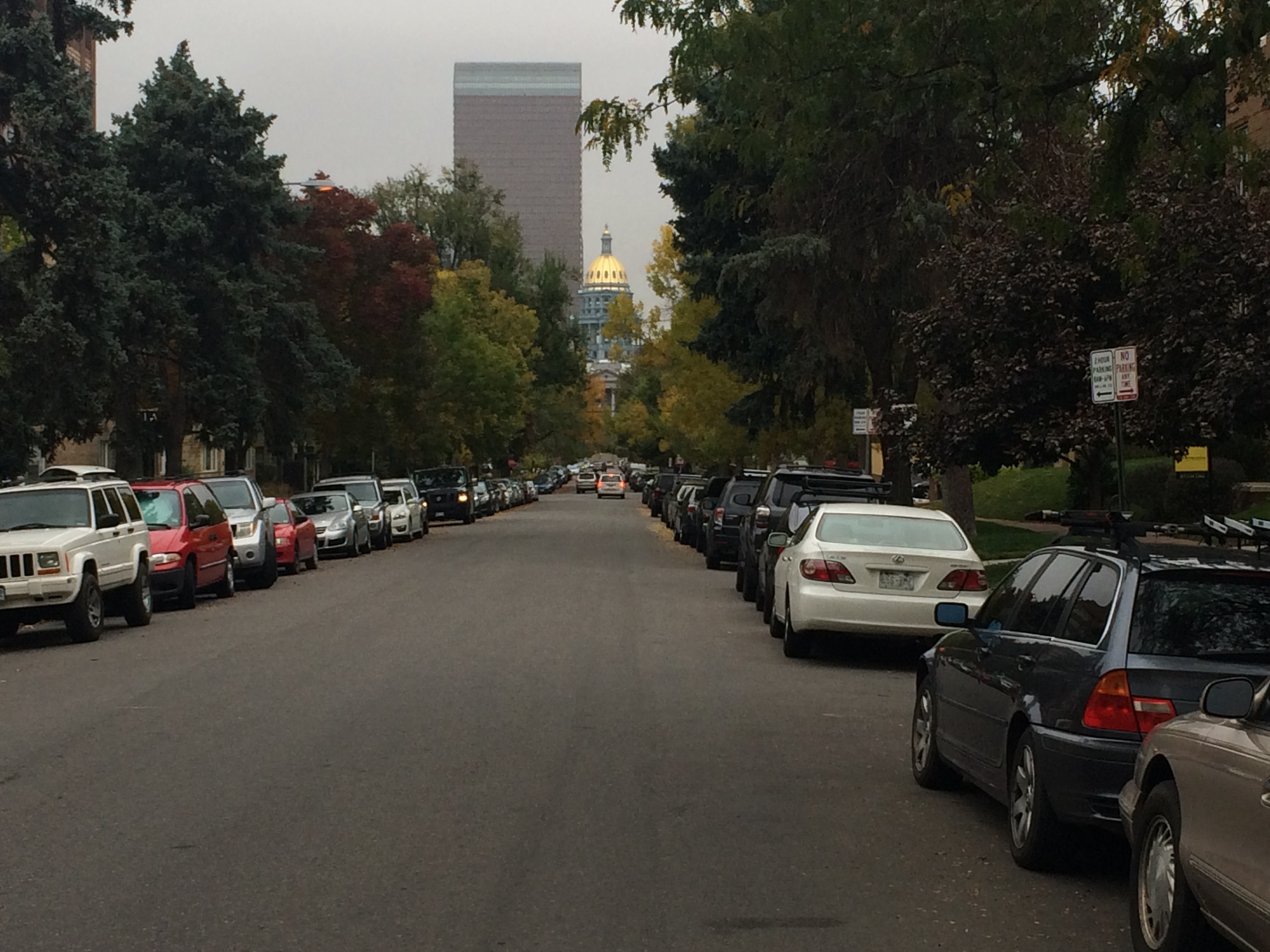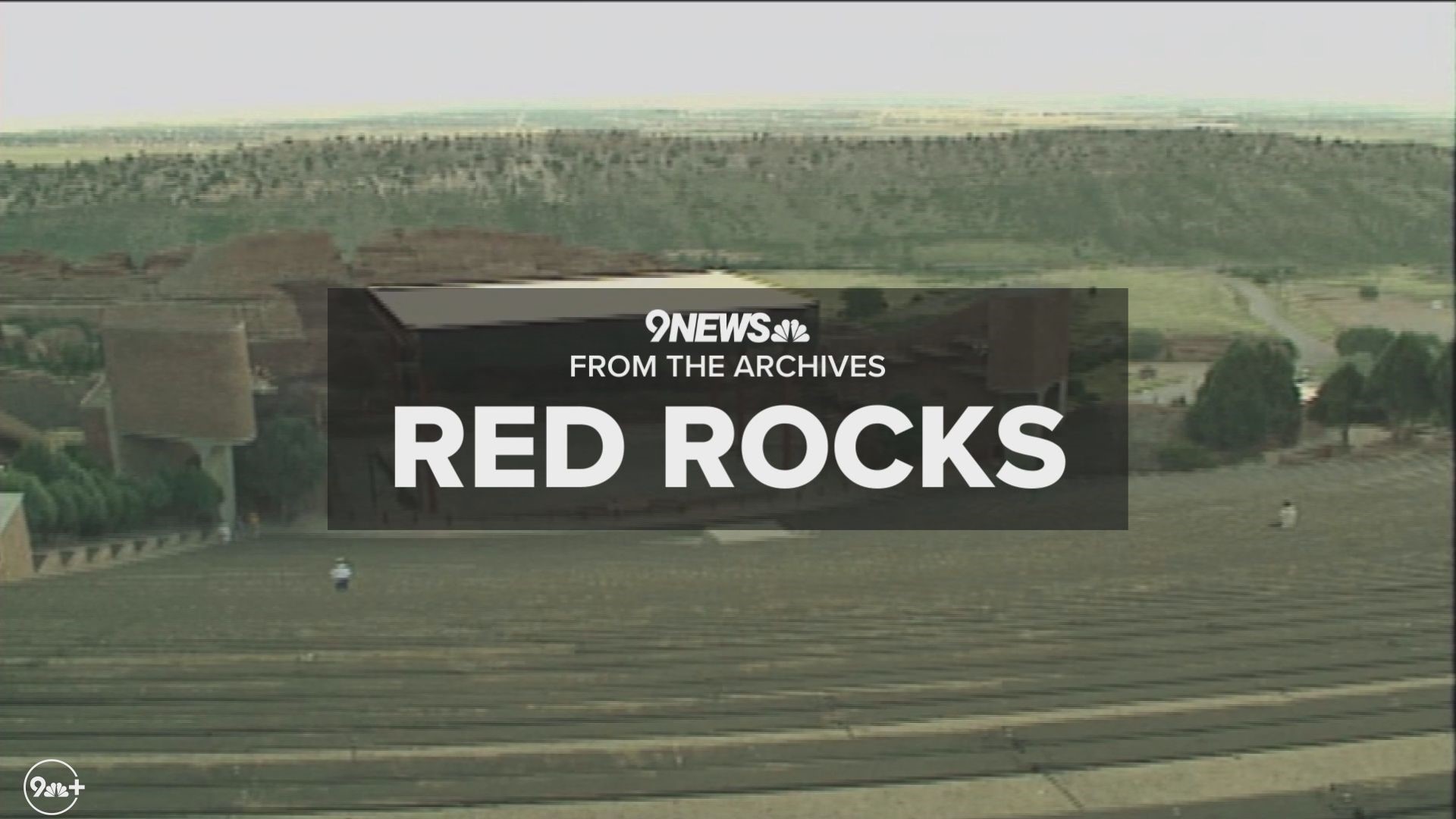Once the home of Denver’s wealthiest, capitol hill has remained an immensely popular and historically rich destination.
The neighborhood seamlessly blends the area’s classic architecture with modern destinations. In fact, it’s even been called one of the 10 most beautiful neighborhoods in the nation.
And it is densely populated — about 15,500 people live there, according to the most recent Census Bureau data. It's bounded by Broadway to the west, East Colfax Avenue to the north, North Downing Street to the east and East 7th Avenue to the south.
Join us Friday, on Instagram, for a photo tour of the neighborhood.
Putting the capitol in Capitol Hill
When Colorado first became a territory, Golden was the capital due to its successful mining operations. In 1867 that title was transferred to Denver, a move that outraged Golden residents of the time.
Once the city was determined, Colorado governor Alexander Hunt was ready to build a capitol building. He asked for land to be donated for the project and many residents responded.
One the proposals was from Henry Brown, who owned a parcel of land in modern day capitol hill. At the time the center of Denver was around the banks of Cherry Creek, so many people dismissed the idea as it was too far from the center of town. But Hunt’s Capitol Commission accepted the offer anyway.
By 1876, Colorado had become a state but “Brown’s Bluff” still sat empty. Three years later, frustrated with the lack of progress Brown unsuccessfully attempted to get his donated his land back.
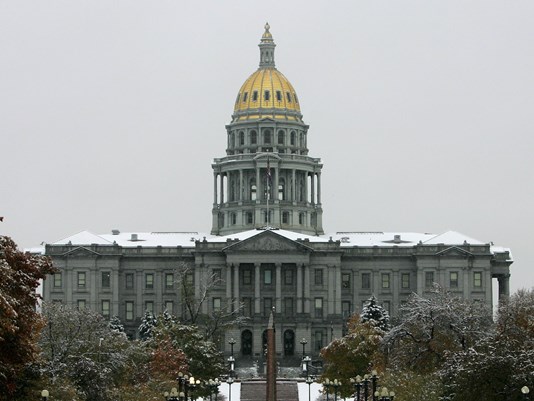
Finally, in 1886 construction began on Denver’s capitol. By that point, the city had expanded east and a neighborhood was starting to form around the building’s base.
A center of wealth
Though the highest concentration of homes was still around Cherry Creek and Auraria, governor John Evans decided to branch out and build his home at 14th and Arapahoe. And Denver’s elite followed.
But as the city continued to creep eastward, commercial buildings began to encroach on Millionaire’s Row. So, the wealthy moved on.
Capitol Hill became the new home of the wealthy. An address on Lincoln, Grant, Sherman, Logan, Pennsylvania or Colfax was a status symbol. The city ditch brought water to the neighborhood and many living there had beautiful lawns and gardens.

But as transportation expanded, living farther out from the city showed you had enough money to afford a car and gasoline. Capitol Hill’s elite residents slowly left and the old mansions were converted into apartments and office buildings and some were demolished.
East Colfax
Bisecting the neighborhood, east Colfax has long been a quintessential part of the Capitol Hill.
It began as an exclusive residential area, but evolved into a busy commercial strip. By the 1960s a combination of internationally known joints attracting the likes of Bob Dylan and Judy Collins, and seedy strip clubs and adult video stores lined the street.
It also became known for prostitution, fights and drug deals.
Recently, the city has worked to clean up the “wickedest street in America,” by encouraging the beautification of the streets, the building of luxury apartments and popular restaurants, and the restoration of old buildings.
Preserving the past
Though much of the area’s original stunning architecture was gutted for newer and bigger buildings in the 1950s and 1960s, preservation efforts began cropping up in the 1970s.
Historic Denver and the Denver Landmark Commission were formed and fought to designate some of the buildings as historic landmarks. Today, the Molly Brown House, Crawford Hill Mansion, Poet’s Row and many other preserved buildings help to tell the story of the Capitol Hill.
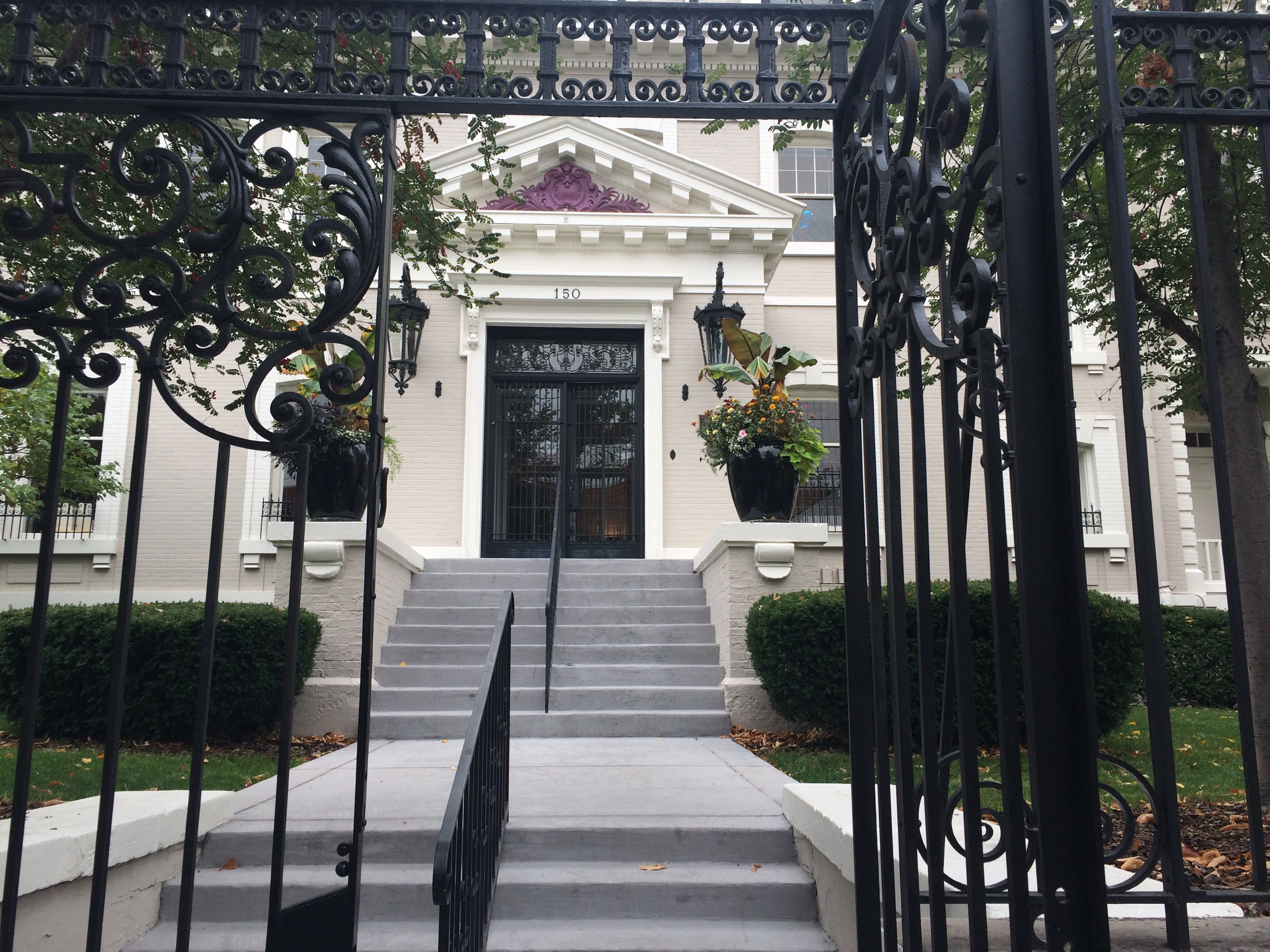
And once again, homes in capitol hill are in high-demand. They have a median sales price of $360,000, up a staggering 22 percent since last year, according to REColorado. Rents there are also high: standing at a median rate of $2,800 for all-size properties.
The demand to live in Capitol Hill is likely why real estate deals have been anything but quiet. An office tower sold for $3.6 million in late summer 2014 and things haven't slowed down since. Last May, a 10-unit complex sold for a record per-unit price of $525,000, and in June, development company McWhinney announced it would build a 12-story apartment complex in the neighborhood.
A few recommendations
It's not uncommon for locals to start (or end) the day at the Roostercat Coffee House, a café that features local art, a patio and serves waffle sandwiches until midnight. Outside of that, there's a host of top-rated spots to eat: including Charlie Browns Piano Bar & Grill, an old-time lounge with live singing and piano-playing; Dazzle Restaurant & Lounge, an eclectic spot for jazz fans; and City O' City, a healthy restaurant dedicated to vegetarians.
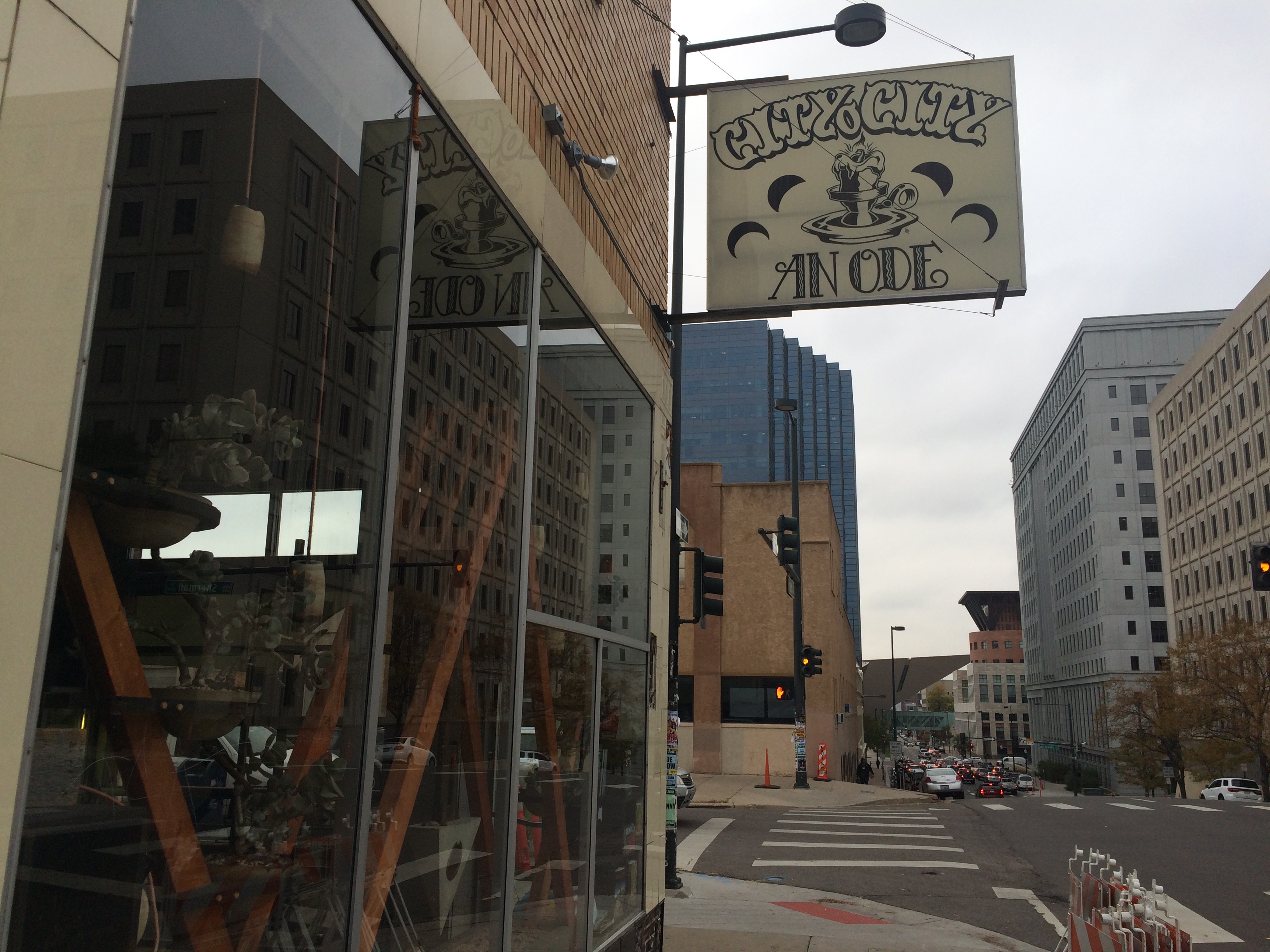
And then there's Luca. Located at 711 Grant St., the fine-dining destination owned by famed Denver chef Frank Bonanno is considered one of the "best-of-the-best" restaurants in the city, serving creative Italian dishes side-by-side with impeccable wines.
Tycoon Ramen and Sushi, at 338 E. Colfax, is an "off-the-radar" spot to grab delicious comfort food, or sushi (of course).
Breweries and trendy cocktail bars are a-plenty in Capitol Hill. Lowdown Brewery, Alpine Dog Brewing Co., Lost Highway Brewing Co. and Govnr's Park Tavern all are housed in the neighborhood, as are cocktail lounges The Fainting Goat and Vesper Lounge.
For shopping, small businesses rule on Capitol Hill. There's Capitol Hill Books and Kilgore Books & Comics, a couple of the few paper bookstores left in Denver, as well as the Buffalo Exchange, a new and recycled clothing store and Wax Trax Records, a 37-year-old throwback indie record store.
Capitol Hill also has several nightclubs, including Charlie's, Vinyl, The Church and Beauty Bar, which has a "martini-and-manicure" happy hour perfect for a girl's night out.
Outside of the many food offerings, Capitol Hill is also home to some big-name organizations, including the Art Institute of Colorado, the Colorado Department of Labor and Employment, the Colorado Association of School Boards, the Colorado Oil & Gas Conservation Commission, the Colorado Supreme Court, the Colorado Department of Revenue, among others.
It's also one of the best places to get a cultural fix — the Molly Brown House Museum, where patrons will learn about the famous "Unsinkable" Molly Brown from the Titanic, as well as the History Colorado Center, which has numerous exhibits and collections dedicated to Colorado history, are both in the Capitol Hill neighborhood.
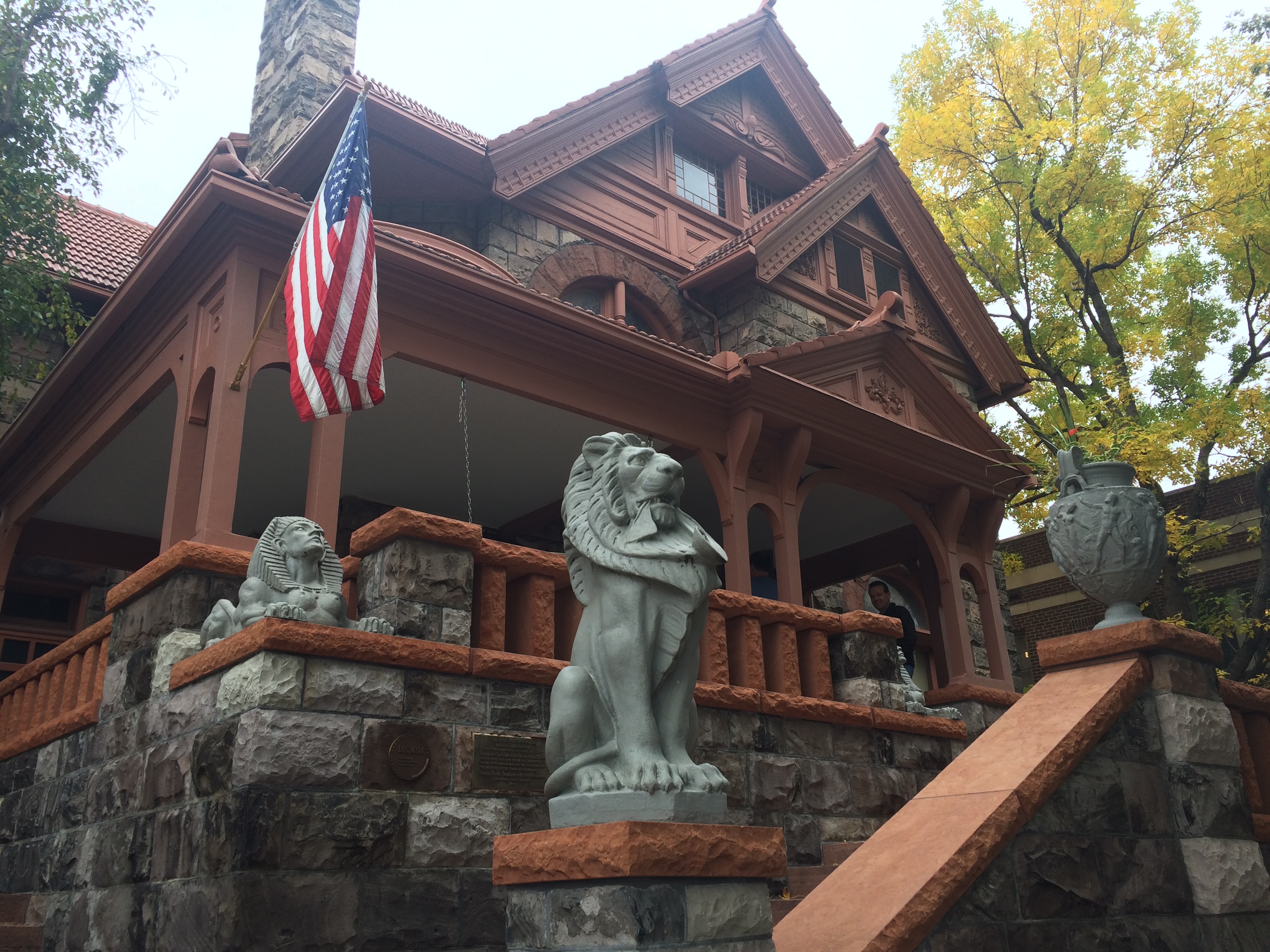
And as if that wasn't enough, Denver Free Walking Tours starts in the neighborhood's (and downtown's) large Civic Center Park. The company operates under a "pay-what-you-like" tipping model and takes tourists and visitors on a guided, sightseeing tour of the Mile High City. (The tour ends at Coors Field).
Besides Civic Center Park, Capitol Hill also has Governor's Park on its south end, a quieter place for people to picnic or play that features public art, a playground and a biking and walking path.

